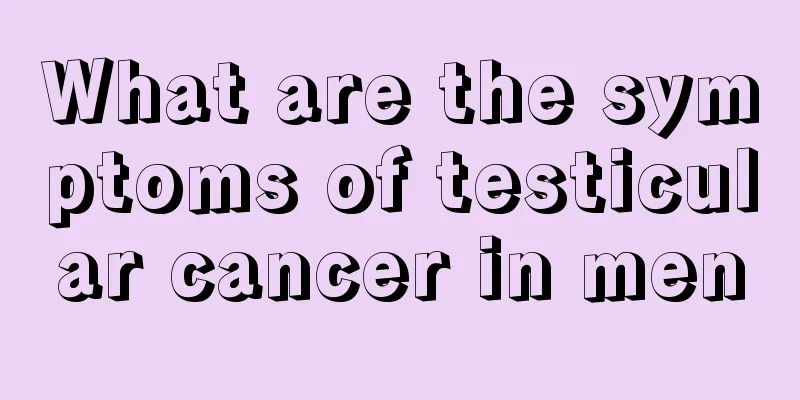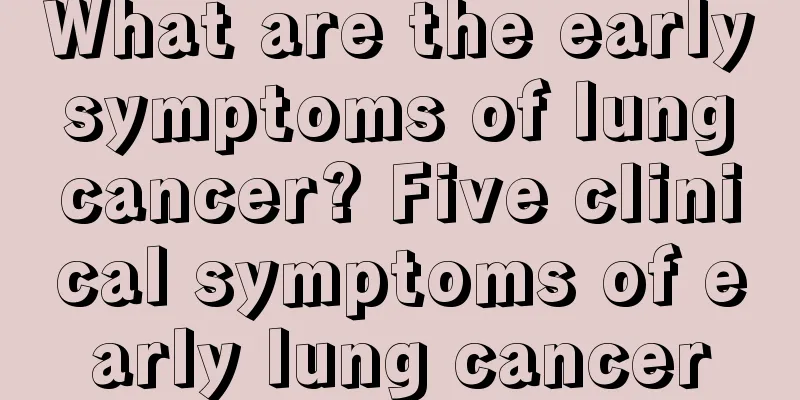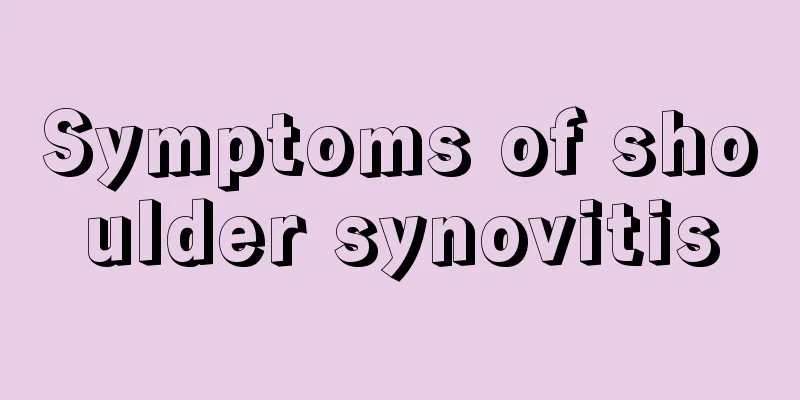What are the symptoms of testicular cancer in men

|
The main symptoms of testicular cancer in men include painless testicular masses, changes in testicular size or shape, a heavy feeling in the scrotum, and occasional dull pain in the groin or back. Once discovered, you should seek medical attention as soon as possible to make a clear diagnosis. Early diagnosis and treatment are crucial to prognosis, so these signs should not be ignored. A painless testicular mass is the most common initial manifestation, usually without pain, but sometimes feels hard or rough; the testicle may swell and enlarge, or it may shrink and harden. Patients may feel an abnormal heaviness in the scrotum, which is due to increased local pressure caused by the tumor. Some patients may also have breast tenderness or enlargement, which is related to the hormone secretion of the tumor. If the tumor has spread, it may cause persistent pain in the abdomen, chest, or back, or symptoms such as swollen lymph nodes. Patients in the late stage with high malignancy may also experience systemic manifestations such as weight loss and fatigue. A painless testicular mass is the most common initial manifestation, usually without pain, but sometimes feels hard or rough; the testicle may swell and enlarge, or it may shrink and harden. Patients may feel an abnormal heaviness in the scrotum, which is due to increased local pressure caused by the tumor. Some patients may also have breast tenderness or enlargement, which is related to the hormone secretion of the tumor. If the tumor has spread, it may cause persistent pain in the abdomen, chest, or back, or symptoms such as swollen lymph nodes. Patients in the late stage with high malignancy may also experience systemic manifestations such as weight loss and fatigue. If you have noticed similar symptoms, be sure to seek medical attention promptly, preferably by urology or oncology. Diagnosis usually requires color Doppler ultrasound, serum tumor marker testing (such as α-fetoprotein, hCG levels), and testicular biopsy when necessary. Treatments include surgical removal of the affected testicle, chemotherapy, and radiotherapy, which are selected according to the condition. Developing the habit of regular testicular self-examination, especially for high-risk groups, such as those with a family history of genetics or cryptorchidism, can help with early detection. Lifestyle adjustments that can reduce risks, such as avoiding high temperature exposure and reducing smoking and drinking, also deserve special attention. |
<<: Is prostate cancer hereditary?
>>: Is renal hamartoma dangerous? Can it be cured? How long can one live?
Recommend
Can hair follicles regenerate?
Many people mistakenly believe that hair follicle...
What symptoms will patients with bone cancer experience
What symptoms will bone cancer patients have? Bon...
Can I steam my face if I have allergies? Sensitive skin care
Sensitive skin can cause facial allergies and dis...
Tips for stomachache after eating too much
China has always emphasized that “food is the mos...
It is better to have a random check than to check it all over again
one She is 49 years old and a Uyghur herdsman. A ...
Is lung cancer benign? There is no distinction between benign and malignant
Lung cancer is not divided into benign and malign...
What is the reason for hard bumps on the labia?
Our living habits and many external factors will ...
The refrigerator is not cooling
Speaking of home appliances such as refrigerators...
What are the causes of high incidence of osteosarcoma
Before introducing the causes of the high inciden...
Is the chance of recurrence of advanced gastric cancer high? The truth is this
Is there a high chance of recurrence after gastri...
How to remove small pimples on the neck, pay attention to the method
Nowadays, people, especially women, are more and ...
What does it mean to dream of losing three teeth?
We are bound to have some strange dreams. As long...
Does lymph node biopsy hurt?
Lymph node puncture biopsy is a common examinatio...
Can yeast and salt be put together
Yeast and salt are often used when making pasta, ...
How to remove yellow stains on the toilet
In modern society, more and more people have toil...









